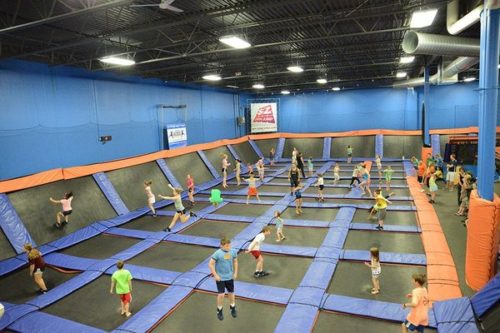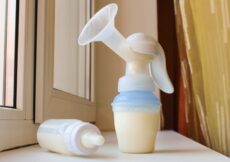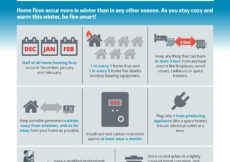July 7th, 2022
Ever since the American Academy of Pediatrics issued its updated policy statement heavily discouraging trampoline use, trampolines have only gotten more popular — especially at recreational trampoline parks.
Whether at a private home or a commercial trampoline park, trampoline use continues to carry significant risk of injury in children, even when safety measures are enforced like “constant adult supervision, adequate protective padding, 1 jumper per trampoline, and avoidance of flips and somersaults,” according to the AAP:
Estimates from the National Electronic Injury Surveillance System (NEISS) show that trampoline injuries result in nearly 100,000 emergency department (ED) visits a year. Trampoline injuries can occur from falls on the trampoline mat, falls off a trampoline, impact with the trampoline frame or springs, and collisions of multiple trampoline users. Serious injuries including cervical spine and skull fractures have been reported.
Indoor trampoline parks consisting of “wall-to-wall connected trampolines with padded walls or angled trampoline walls” have increase in number and popularity in the U.S. over the past decade:
Safety guidelines vary from park to park; some include safety guidelines such as discouraging flips and somersaults or limiting the number of jumpers per trampoline, whereas others allow flips. The design may include appropriate padding and setups that prevent falling off trampolines, such as placement of trampolines at ground level and surrounding trampolines with padding or trampoline walls. However, there are often multiple jumpers, a practice associated with increased risk for injury on trampolines.
Researchers recently compared the rates and types of injuries that occur at trampoline parks to injuries that occur on home trampolines. Musculoskeletal and orthopedic injuries, lower extremity injuries, sprains, and the need for surgical repair of injuries were significantly greater at trampoline parks, whereas upper extremity injuries, concussions, and lacerations occurred more commonly on home trampolines.
The analysis prompted an urgent call to action from the Australian researchers:
Children using trampoline centres are more likely to suffer severe trauma and require surgical intervention than children using home trampolines. Development and implementation of preventative strategies, public awareness, and mandatory safety standards are urgently required for trampoline centres.
Because of the propensity for kids to get hurt when playing on them, the AAP wants parents to “rethink that trampoline”:
Trampoline jumping can result in broken bones, concussions, sprains, bruises, and scrapes as well as serious head and neck injuries leading to paralysis or death. In fact, the risks are so great that the American Academy of Pediatrics strongly recommends against home trampolines.
If you own one, use pads and safety nets that surround the entire trampoline. Check nets and padding along the trampoline frame often, and repair or replace worn sections right away. Place trampolines far from hazards such as trees, walls, fences or garages. Install your trampoline at ground level if possible to prevent more serious falls. Set clear rules: remind kids that only one of them should jump at a time, and don’t allow risky moves such as somersaults and flips.
The PediaBlog last covered trampoline safety here.




































